Soft hackles are the sharks of the fly box.
Like the shark, the soft hackle is one of the oldest of its ilk, and like those ancient predators, it has evolved very little from its inception. Like the shark, it is a deadly design that could not be improved upon. Take, for example, the Kebari flies used by tenkara anglers for hundreds of years. Basically Soft Hackles with a reverse hackle. So effective, that traditional tenkara anglers only fish one pattern. Many modern fly anglers overlook traditional Soft Hackle patterns that are as effective today as ever.
There are two primary reasons for the effectiveness of the soft hackle. For starters, it’s the ultimate impressionistic pattern. It looks like almost everything on the aquatic menu. A fish who is looking for something specific is very likely to see it in a soft hackle. The second reason is, there’s just no wrong way to fish one. If you struggle with getting a drag free drift, a soft hackle is a very forgiving pattern. As long as it is in the water, it will produce fish.
Fishing Soft Hackles
As I said, there is no wrong way to fish these flies, but there are some proven tactics you can employ. For starters, dead drifting the fly as a nymph is never a bad plan. The Soft Hackle is as effective in this role as any pattern. That said, the dead drift does not take advantage of some of the pattern’s unique properties.
Perhaps the most common and most productive presentation for a Soft Hackle is the swing. The hackle has a tendency to trap an air bubble making the fly a natural emerger pattern. There are tying techniques, which I will go into, that enhance this effect. When fished deep and swung to the surface, the glowing air bubble inside the hackle is more than any trout can resist. One of my favorite ways to rig this pattern is to drop it about sixteen inches behind a Wooly Bugger with some weight in front of the Bugger. Drift the team deep through a run then lift them to the surface or quarter them down and across and let then swing and hold on.
When fishing from a boat, it’s very effective to cast a Soft Hackle straight across the current and retrieve it slowly, about four inches at strip. A hand-twist retrieve works well. This is also effective when teamed with a Bugger. Even more fun, drop the Soft Hackle behind an Elk Haired Caddis and inch them back across the current. You’ll get some explosive takes on the dry. This team works very well with a drift and swing presentation as well. The Soft Hackle is always a good choice in a dry dropper team.
When rising fish refuse everything you offer, the Soft Hackle can often save the day. Treat it with some floatant and fish it in the film. As a floating nymph, it will entice the most selective of fish.
Read more (HERE)
Tying Soft Hackles
Much like fishing Soft Hackles, it’s hard to tie one wrong. At least in terms of color and material. There are many options but the anatomy of the Soft Hackle remains much the same. A body, a dubbing ball and a hackle. Some variations include a tail, a bead head or even dumbbell eyes, but in form as well as function they are very similar. There is no wrong choice for color. Black, brown and grey are classics but bright colors like chartreuse, red and orange can really turn fish on at times. My favorite is tied all in gold with an orange head.
The hackle is the defining characteristic of the pattern. It should be, obviously, a soft material. Game feathers like partridge are the common choice but hen works well as do mallard and guinea in larger sizes. These soft hackles allow the fly to sink and, when the fly is swung, they lay back over the body trapping the air bubble that makes the fly so deadly.
Traditionally, the dubbing ball was made from peacock. The iridescent nature of the peacock adds brightness which suggests an air bubble even when one is not present. Though I seldom use peacock for my dubbing balls I use materials with some inherent flash for the same reason. I also use a dubbing loop when tying the dubbing ball. The shaggier ball helps trap air. When the fly is swung, the result is a nicely tapered body that glows from within like the transparent shuck of an emerging insect.
There are endless choices for the body material. Pheasant tail is a great choice and available in many colors. Dubbed bodies work well, especially when ribbed with wire, and rabbit is one of my favorites. Thread bodies are easy and effective. The slim profile of a thread body and sparse hackle is very effective. Peacock bodies are a classic choice too and one of few exceptions to the use of a dubbing ball.
I encourage you to experiment with colors and materials and sizes. The only rules I will offer are these. Keep the proportions much the same as you would when tying nymphs. Choose hackle feathers with barbules about one and one half times the length of your hook gap and no longer than the shank. Don’t go crazy with the amount of hackle you use. Two turns is usually plenty. Sparse is better. Otherwise, have fun with it.
It’s easy to fall into the idea that you have to have the latest hot pattern to catch fish. As anglers, we are always looking for innovation. We always want a leg up on the fish as well as other anglers. Most of those hot new patterns catch fish, but don’t forget about the patterns that have proven themselves on streams around the world for hundreds of years.
Here are a few of my favorite variations.
The UV dubbing in this fly gives it a little something extra.
This case caddis pattern catches fish everywhere.

This fly uses a tungsten bead to get deep.
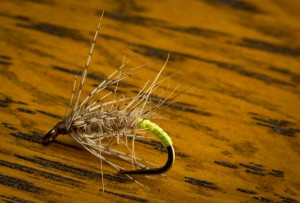
I learned to tie this hairs ear pattern with bead chain eyes from John Gierach.
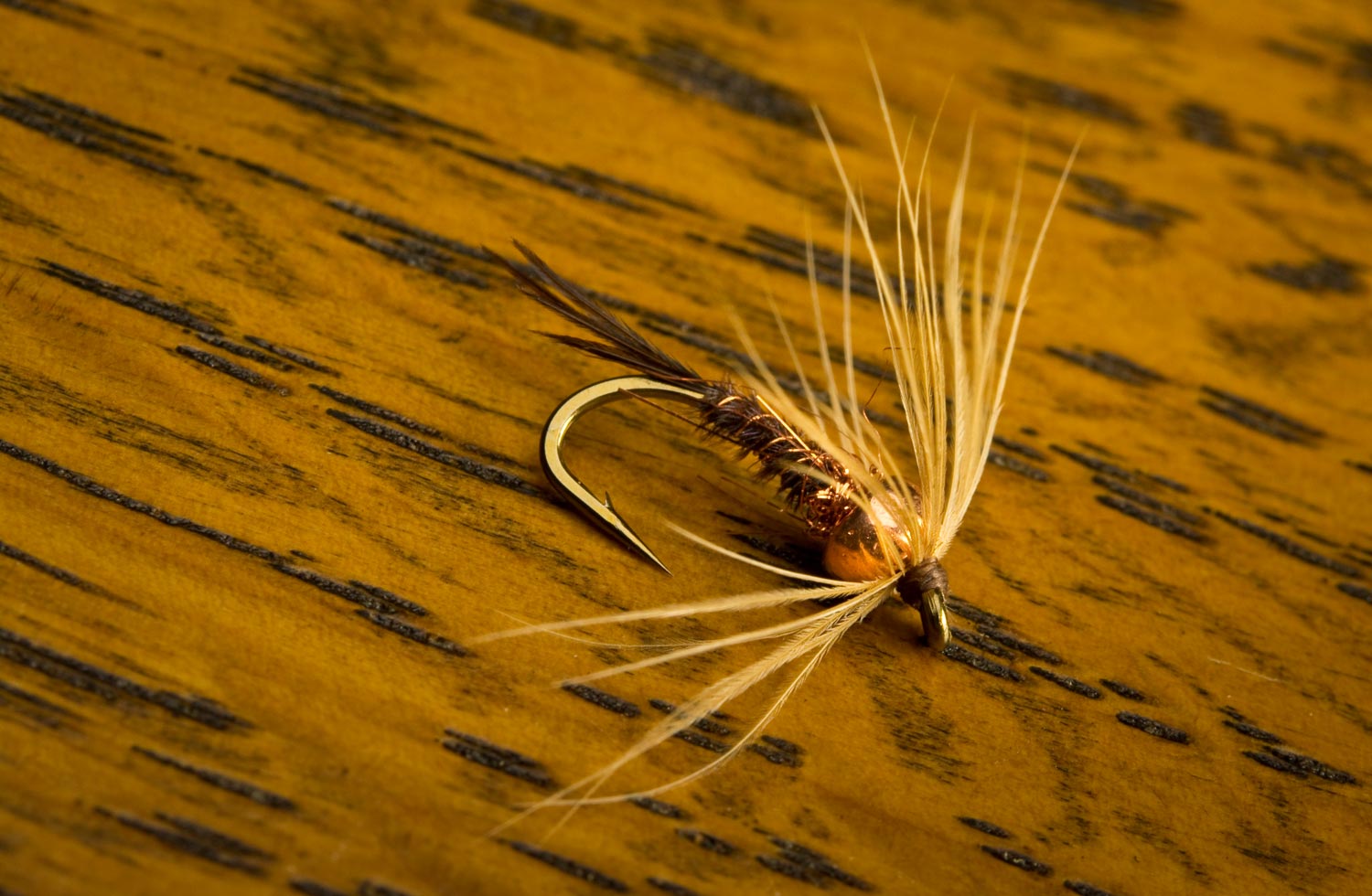
Attractor patterns like this can turn fish on.
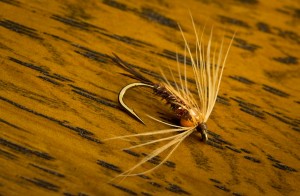
This classic peacock body pattern is just a Coachman without the wing.
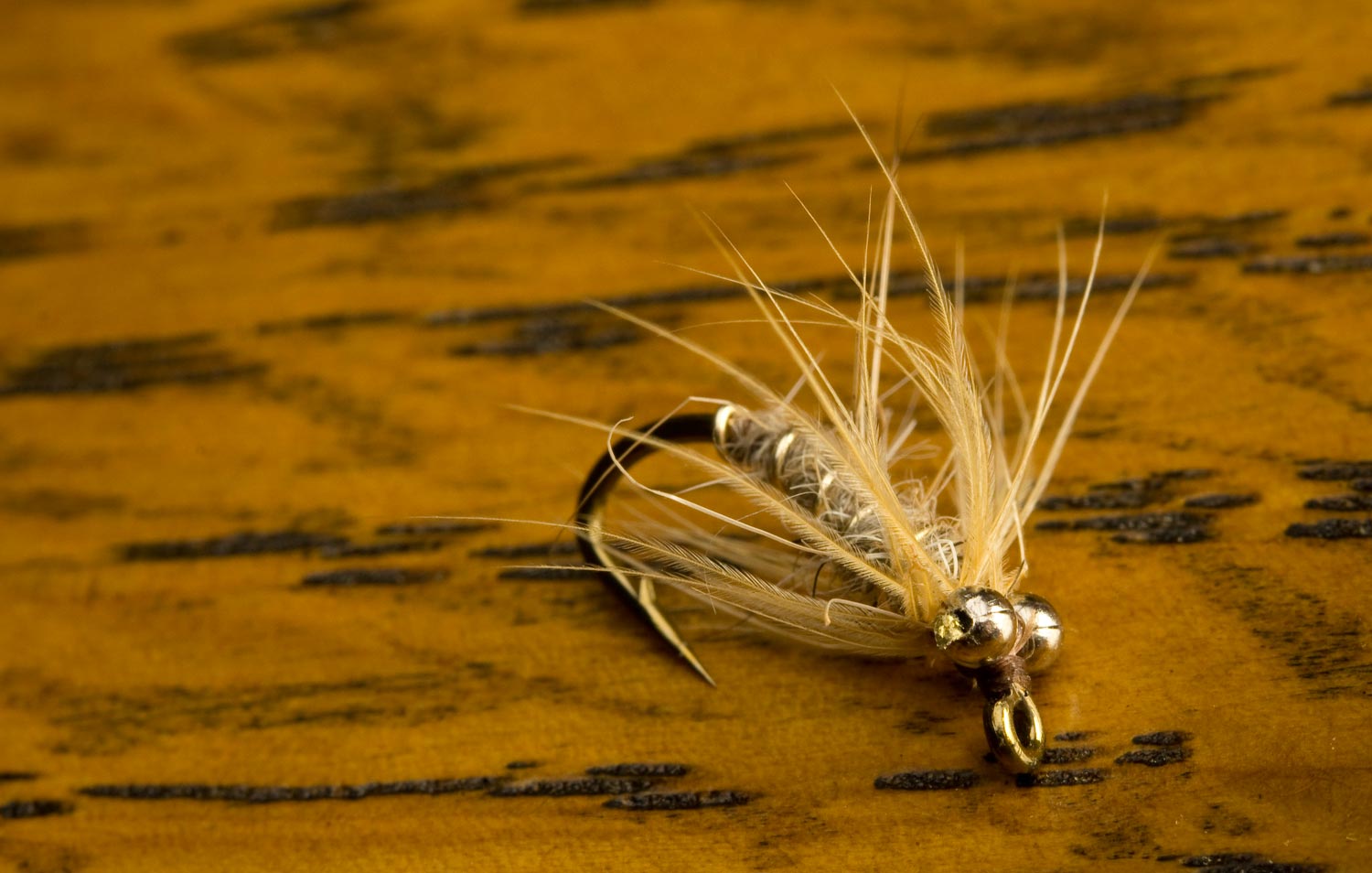
Pheasant tail and chartreuse ice wing fiber is one of my favorite combinations.
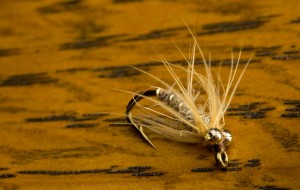
Soft Hackles catch fish from trout to tarpon. If I could only have one pattern in my box it would likely be a Soft Hackle. Tie some up and watch the magic happen.
Louis Cahill Gink & Gasoline www.ginkandgasoline.com hookups@ginkandgasoline.com Sign Up For Our Weekly Newsletter!















































